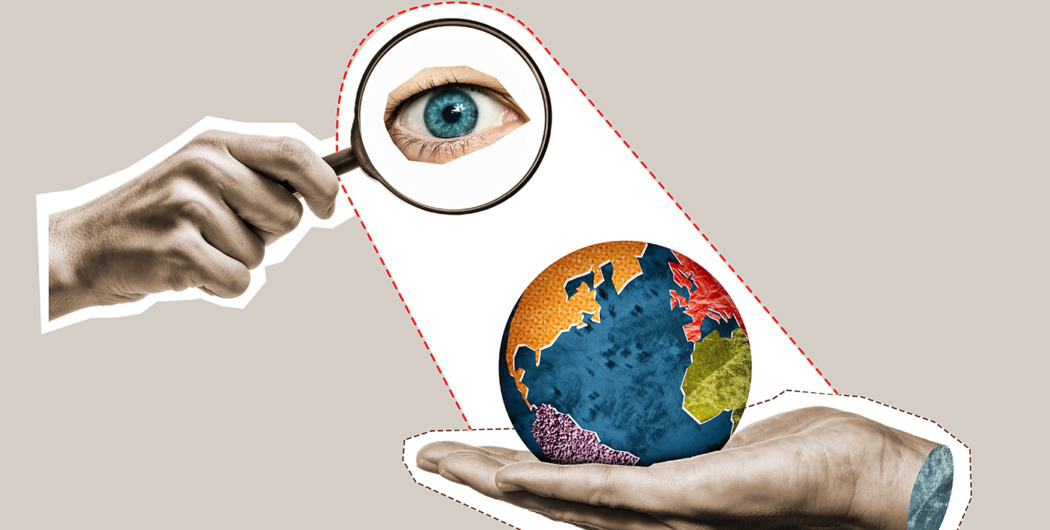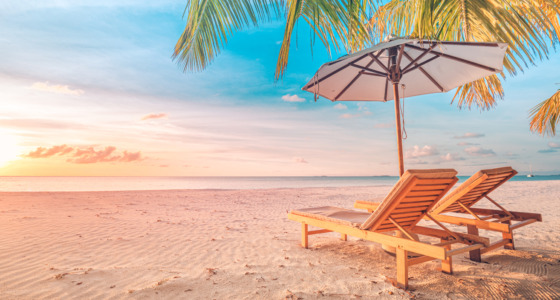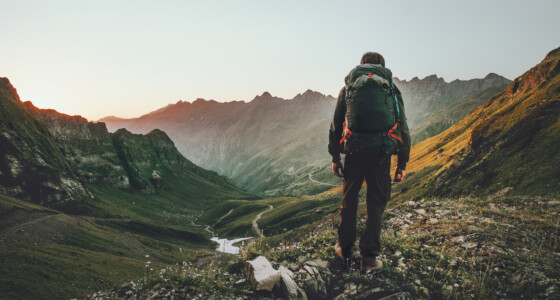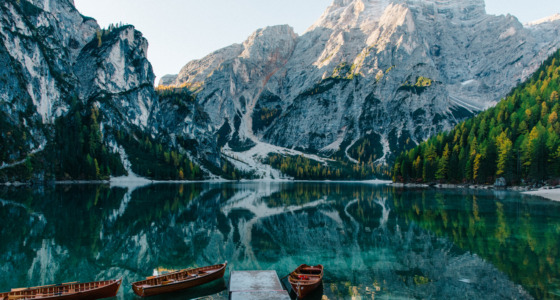

Unfortunately, everything comes to an end sooner or later. Even the most unusual and seemingly eternal places on Earth have their lifetime. It turns out that traveling is important not only for the relaxation of the soul, but also for person’s physical condition. If people don’t take a vacation at least once a year, they’re more vulnerable to diseases – the risk of premature death increases by 20%, and the risk of heart disease increases by 30%. In this article we’ll tell you about the corners of the planet that may have only a few years or decades left, so you need to hurry!
Great Barrier Reef, Australia
This amazing natural structure is the only place on the planet that’s clearly visible from space! However, everything isn’t so poetic in real life: scientists have found out that microorganisms (corals) that form colonies, are turning white and are destroyed very quickly. The reef has lost half of its coral population since 1995, and is deteriorating at an increasingly faster rate.
Venice, Italy
The most romantic city on the planet is gradually sinking! The Venetian substrate that supports buildings in the city, is going underwater at a rate of 1.5 mm per year. At the same time, the sea level is rising at a rate of 4-6 mm per year. If we add up both factors, it turns out that there will probably be no Venice on the face of the Earth 70 years from now.
Taj Mahal, India
This fascinating architectural monument was built between 1631 and 1654 by order of Emperor Shaj Jahan, in memory of his wife. The annual influx of tourists worries architects — because of their age, the white stone facades are gradually losing their reliability and durability. The Indian government may impose restrictions on visits or even close the Taj Mahal for public in next five years.

Machu Picchu, Peru
This ancient Inca city is officially recognized as one of Nature Wonders of the World! Unfortunately, tourists, along with deforestation, frequent landslides and erosion, are gradually destroying this remnant of the ancient civilization.
The Dead Sea
The Dead Sea is the largest salt lake in the world (the water there has a salinity of about 33%). It’s known that over the past 40 years the volume of the reservoir has decreased by a third. Experts suggest that in 50 years it may completely disappear. The reason for this are the countries (Israel and Palestine) that use the water of the Jordan River, which is the only source of the Dead Sea.
Everglades National Park, USA
The Everglades is a national park in the United States, standing on a unique marshy terrain. The condition of this natural complex in Florida is estimated as the most depressing among American national parks. It’s threatened by a large amount of water, new species of animals and plants, introduced by humans, that disrupt the ecosystem of the park, as well as the growth of cities and industry in the region.
The Great Wall of China
The roots of this greatest structure go back thousands of years, but now the Great Wall of China is in a very deplorable state. The monument is gradually being destroyed by people and erosion. It’s quite possible that in the near future (10-15 years), significant areas of the symbol of China will turn into ruins due to sandstorms.








